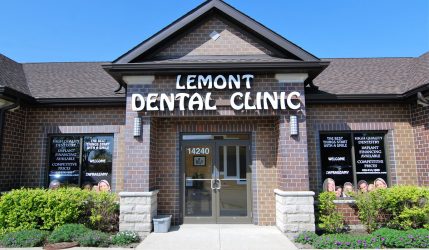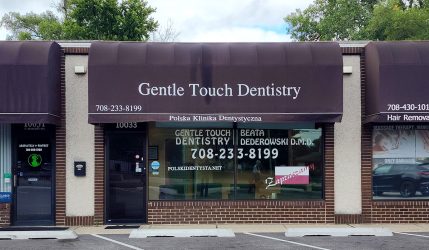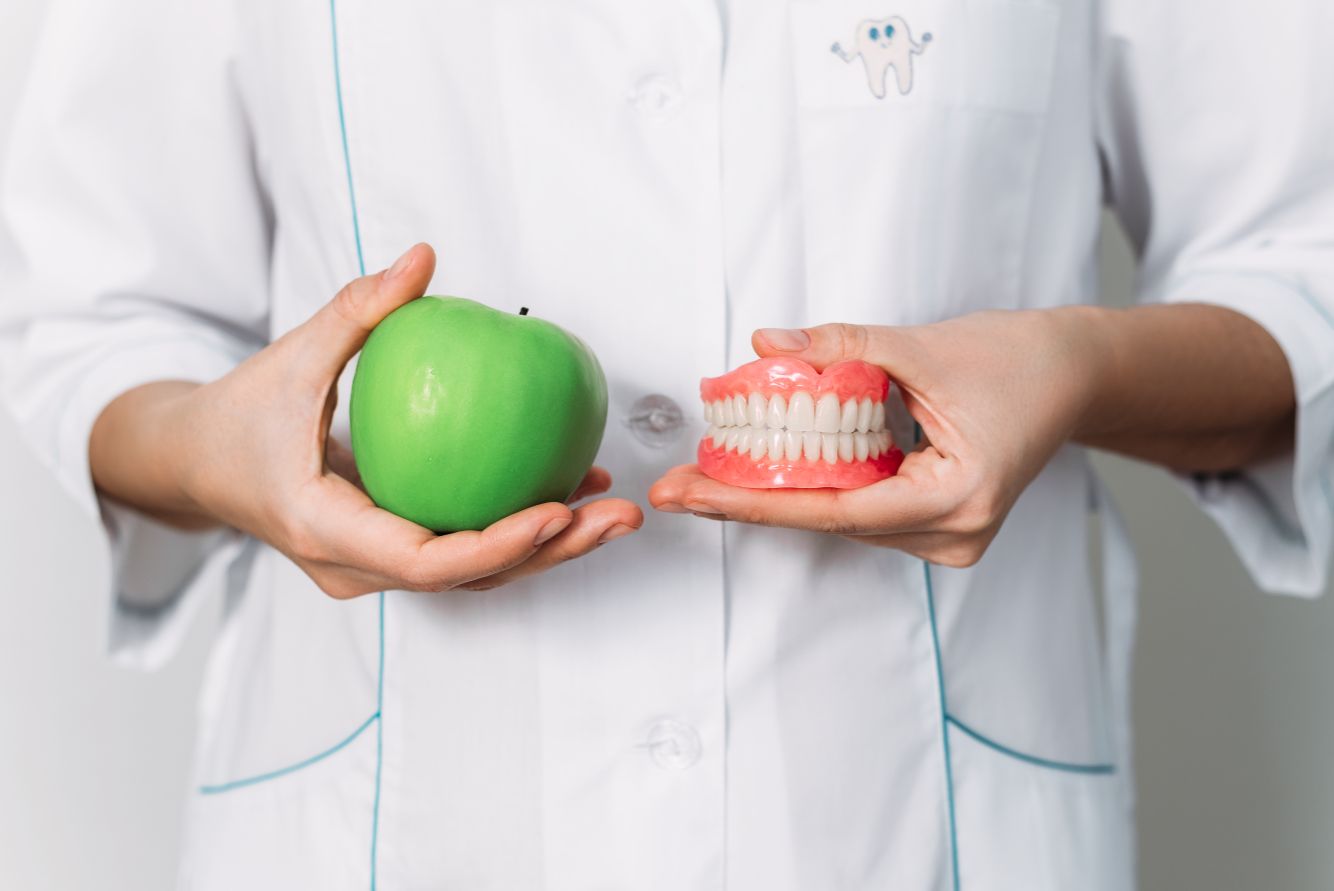Periodontal disease is a chronic inflammation of the periodontium, which in some cases may lead to tooth loss. Many patients diagnosed with this disease feel hopeless as seemingly healthy teeth are lost, but it’s a disease that can be prevented as long as it’s not too late. The patient suffering from periodontitis doesn’t lose his teeth overnight. Usually, the cause of tooth loss can be tracked several years back.
At first, patients report no symptoms. Bacteria infiltrate into the gums, sulcus, and periodontium, leading to inflammation.
In the next stage, the gums start to bleed and get swollen. Patients complain about halitosis (bad breath). Food starts to be retained in the sulci, or grooves, located in the gums. teeth overnight. Usually the cause of tooth loss can be tracked several years back.
At first patients report no symptoms. Bacteria infiltrate into the gums, sulcus and periodontium leading to inflammation.
In the next stage the gums start to bleed and get swollen. Patients complain about halitosis (bad breath). Food starts to be retained in sulci located in the gums.
These are the first symptoms that may suggest periodontal disease. The doctor will then concentrate on treating the inflammation, eliminating bacteria, and cleaning the sulcus. First and foremost, all tartar removal and other crucial hygienic procedures must be performed.
Loose Teeth
If we do not intervene early enough and a patient ignores the early symptoms, the gums will recede, revealing the sensitive parts of the tooth below the gums. Bacteria will infiltrate the gums even deeper and attack the periodontium, which is the tissue between the bone of the maxilla or mandible and the tooth, gradually destroying it. This causes inflammation, and the patient will notice that his teeth are loose.
That was a healthy tooth!
Very often, however, patients will ignore the early symptoms of periodontitis. They take gum recession as a sign of getting old. When the patient loses a tooth due to periodontitis they are in shock, and that is when most patients turn to a dentist for help. Unfortunately, there is only so much that can be done at this stage. If you notice a change in your gum tissue, bleeding, taste, and smell, do not hesitate or prolong getting a dental opinion.
Prevention is better than a cure
Periodontitis not only can but must be prevented. Moreover, it doesn’t require any effort at all! Anyone who wants to avoid periodontitis must take good care of their oral hygiene, brushing their teeth on a regular basis, flossing, use mouthwash and, most importantly, visiting the dentist for regular checkups (every six months) in order to monitor the teeth and surrounding tissue. Removing tartar and performing other hygienic procedures is a must.




